In today’s information overloaded world, data has become the epicentre of the entire research. Textual data in the form of log, news papers, web documents, etc. is a key source of data analytics. Apart from textual contents, images, videos, audios generated by various handy devices are shared and downloaded by millions of users across the globe, every second. Finding similar items in such large and unstructured datasets (text and image) is indeed a challenging task. The exact match rarely has meaning in these environments; proximity or distance among the items is a preferred choice to identify similar items. In this work three similarity search approaches have been proposed: one for text documents and two for image datasets. For the textual data, a parallel similarity search approach has been proposed which uses Bloom filters for the representation of the features of the document and comparison with user’s query. Query features are stored in an integer array. The proposed approach uses approximate similarity search; has been implemented on Graphics Processing Unit (GPU) with compute unified device architecture as the programming platform. Two approaches have been proposed for image dataset. Both approaches uses Content Based Image Retrieval (CBIR). First CBIR approach named as ’Bi-layer Content Based Image Retrieval (BiCBIR) System’ consists of two modules: first module extracts the features of images in terms of color, texture and shape. Second module consists of two layers: initially all images are compared with query image for shape and texture feature space and indexes of M images similar to the query image are retrieved. Next, M images retrieved from previous layer are matched with query image for shape and color feature space and finally F images similar to the query image are returned as output. Second approach, Feature wise Incremental CBIR, named as FiCBIR, uses color, texture, and shape features. The retrieval process is accomplished in three layers, in the first layer complete dataset is searched but only one feature space is used. Top 10% of images most similar to query image are retained in the second layer. The second layer uses two features for similarity computation and only 50% of the most similar xiv images are passed to the third layer. Finally, the third layer uses all three features to compute the similarity. It has been experimentally proved that FiCBIR reduces the search space at subsequent layers by using multiple features for a reduced dataset in the final layer. The proposed CBIR approaches are evaluated on publicly available image datasets and experimental results validate the effectiveness of the approaches. The performance of both the approaches outperform the available state-of-the-art image retrieval systems in terms of precision, recall and f-score



 天天爆殺
天天爆殺  今日66折
今日66折 




















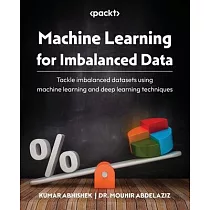

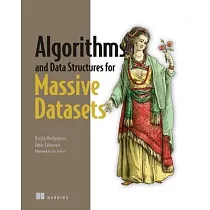
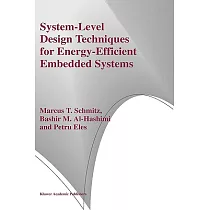

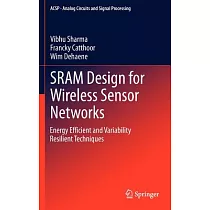





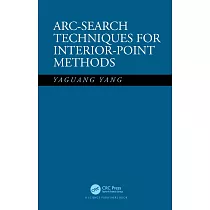


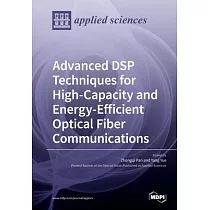
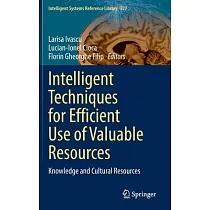
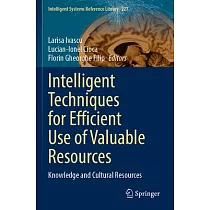
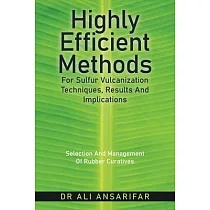

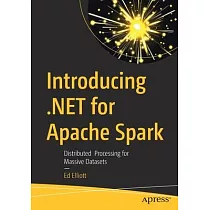


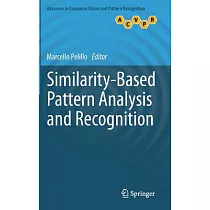

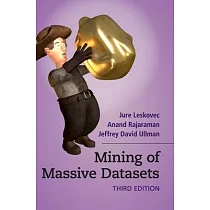
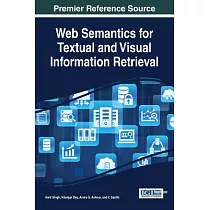



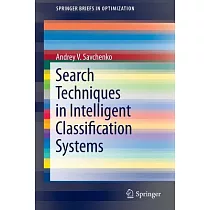


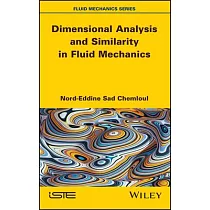

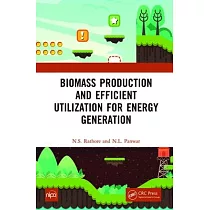
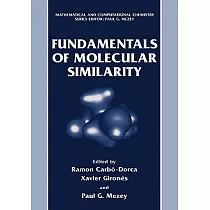



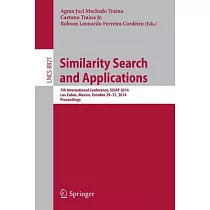
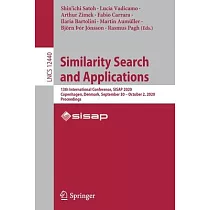
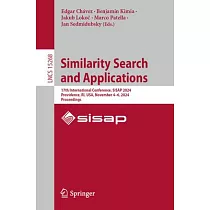
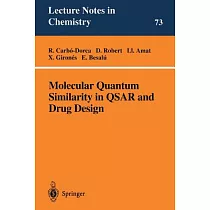
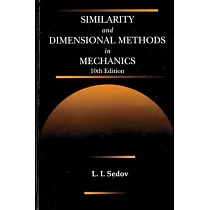
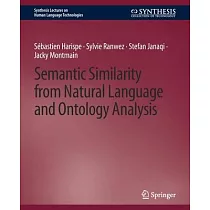

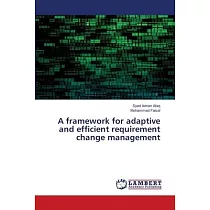





![(4/10開)Nintendo Switch 2主機包含《瑪利歐賽車世界》盒裝版 [台灣公司貨]](http://im1.book.com.tw/image/getImage?i=https://www.books.com.tw/img/N00/181/32/N001813288.jpg&v=67fdd34ak&w=210&h=210)

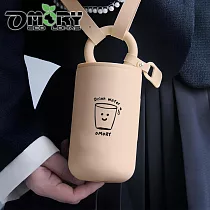


![[星巴克]miffy絎縫托特包](http://im2.book.com.tw/image/getImage?i=https://www.books.com.tw/img/N00/181/46/N001814679.jpg&v=6810d55ck&w=210&h=210)

![[第二批]任天堂《主機》Nintendo Switch 2 主機 / 淺藍&淺紅手把 +《瑪利歐賽車 世界》主機組合 ⚘ Nintendo Switch ⚘ 台灣公司貨](http://im1.book.com.tw/image/getImage?i=https://www.books.com.tw/img/N00/182/38/N001823838.jpg&v=681dae90k&w=210&h=210)
![[第三批預購]PS5《光與影:33號遠征隊》中文一般版[台灣公司貨]](http://im1.book.com.tw/image/getImage?i=https://www.books.com.tw/img/N00/182/38/N001823814.jpg&v=681da483k&w=210&h=210)
![[星巴克]miffy帆布手提袋](http://im1.book.com.tw/image/getImage?i=https://www.books.com.tw/img/N00/181/46/N001814678.jpg&v=6810d3f5k&w=210&h=210)

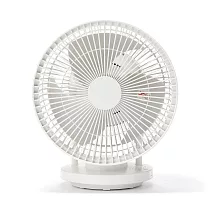
![[星巴克]miffy綠圍裙](http://im2.book.com.tw/image/getImage?i=https://www.books.com.tw/img/N00/181/46/N001814677.jpg&v=6810d342k&w=210&h=210)


![[首批]任天堂《主機》Nintendo Switch 2 主機 / 淺藍色&淺紅色手把 +《瑪利歐賽車 世界》主機組合+派對遊戲任選一件 ⚘ Nintendo Switch ⚘ 台灣公司貨](http://im2.book.com.tw/image/getImage?i=https://www.books.com.tw/img/N00/181/53/N001815313.jpg&v=6800b515k&w=210&h=210)



![【預購】[星巴克]夏日miffy沁爽禮盒(含運)](http://im1.book.com.tw/image/getImage?i=https://www.books.com.tw/img/N01/404/69/N014046902.jpg&v=680f1e4dk&w=210&h=210)
![[第二批到貨]Nintendo Switch 2主機包含《瑪利歐賽車世界》盒裝版 [台灣公司貨]](http://im2.book.com.tw/image/getImage?i=https://www.books.com.tw/img/N00/181/72/N001817213.jpg&v=68072b50k&w=210&h=210)


![(4/10開)Nintendo Switch 2主機 [台灣公司貨]](http://im2.book.com.tw/image/getImage?i=https://www.books.com.tw/img/N00/181/32/N001813289.jpg&v=67fdd34ak&w=210&h=210)
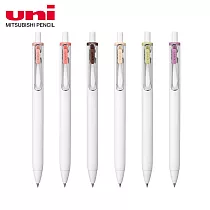

![[第二批]任天堂《主機》Nintendo Switch 2 主機 / 淺藍&淺紅手把 ⚘ Nintendo Switch ⚘ 台灣公司貨](http://im2.book.com.tw/image/getImage?i=https://www.books.com.tw/img/N00/182/38/N001823839.jpg&v=681daf49k&w=210&h=210)
![(4/30開)[首批]任天堂《主機》Nintendo Switch 2 主機 / 淺藍色&淺紅色手把 +《瑪利歐賽車 世界》主機組合 +熱門RPG遊戲任選一件+螢幕鋼化膜一份](http://im1.book.com.tw/image/getImage?i=https://www.books.com.tw/img/N00/182/18/N001821814.jpg&v=6811cb0ck&w=210&h=210)





![[第二批到貨]Nintendo Switch 2主機包含《瑪利歐賽車世界》盒裝版 +薩爾達遊戲任選一件+鋼化保護膜](http://im1.book.com.tw/image/getImage?i=https://www.books.com.tw/img/N00/181/72/N001817220.jpg&v=680730fdk&w=210&h=210)

![(4/16開)Nintendo Switch 2主機包含《瑪利歐賽車世界》盒裝版+原廠便攜包 [台灣公司貨]](http://im1.book.com.tw/image/getImage?i=https://www.books.com.tw/img/N00/181/48/N001814824.jpg&v=67ff1f5ck&w=210&h=210)





![(4/30開)[首批]任天堂《主機》Nintendo Switch 2 主機 / 淺藍色&淺紅色手把 +《瑪利歐賽車 世界》主機組合 +熱門遊戲任選一件+螢幕鋼化膜一份](http://im2.book.com.tw/image/getImage?i=https://www.books.com.tw/img/N00/182/19/N001821917.jpg&v=6811ecc3k&w=210&h=210)


![【預購】[星巴克]夏日miffy風格禮盒(含運)](http://im2.book.com.tw/image/getImage?i=https://www.books.com.tw/img/N01/404/69/N014046901.jpg&v=680f1f91k&w=210&h=210)












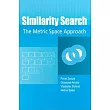

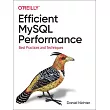

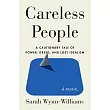
 博客來
博客來 博客來
博客來 博客來
博客來 博客來
博客來 博客來
博客來